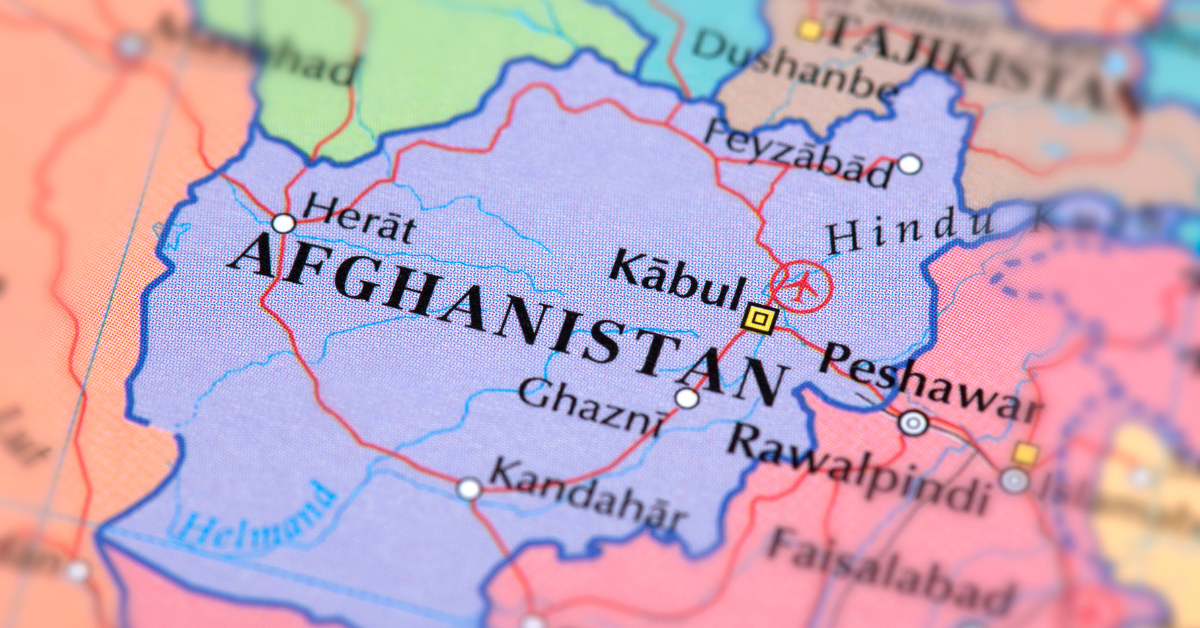The kanji forms “阿富汗斯坦” and “亜富汗斯坦” for Afghanistan are not based on literal meaning, but are phonetic transcriptions. This article explores why these kanji are used, examines their historical and linguistic origins, and compares them with how other countries are represented in kanji.
What Does the Kanji for Afghanistan Represent?
The kanji spellings “阿富汗斯坦” and “亜富汗斯坦” are phonetic representations of the word “Afghanistan.” These forms are derived from Chinese transliteration practices, which were historically influential in Japan. Each kanji character here represents a phonetic component, not a semantic meaning.
For instance:
- “阿” or “亜” corresponds to “A”
- “富汗” reflects the central syllables “fghan”
- “斯坦” imitates the suffix “-stan”
The chart below breaks down the structure and phonetic mapping of each component:
| Kanji Part | Phonetic Match | Notes |
|---|---|---|
| 阿 | A | Commonly used in Chinese transliteration |
| 富汗 | fghan | Phonetic approximation of the middle sounds |
| 斯坦 | stan | Imitation of the “-stan” suffix |
These characters prioritize phonetic similarity over semantic meaning, forming a standard convention for foreign place names.
What’s the Difference Between “阿” and “亜”?
The distinction between “阿” and “亜” lies in choice of phonetic representation, not meaning. “阿” is widely used in Chinese phonetic transcriptions and is suitable for soft initial vowel sounds. Examples include “阿根廷” for Argentina and “阿拉伯” for Arab.
On the other hand, “亜” appears more in Japanese coined expressions like “亜細亜” (Asia). Though “亜” carries meanings like “sub-” or “secondary,” those are irrelevant in transliteration.
| Character | Usage Examples | Commonality |
|---|---|---|
| 阿 | 阿根廷, 阿拉伯 | Very common |
| 亜 | 亜細亜, 亜米利加 | More Japan-specific |
“阿” is the more commonly used and accepted form, especially in modern contexts.
What Is “斯坦”? Its Usage Across Nations
The character pair “斯坦” is used to phonetically represent the Persian suffix “-stan”, which means “land” or “place.” This suffix appears in many Central and South Asian country names.
Here are examples of similar transliterations in kanji:
| Country | Kanji Transcription | Notes |
|---|---|---|
| Pakistan | 巴基斯坦 | “巴基” = phonetic, “斯坦” = “-stan” |
| Kazakhstan | 哈薩克斯坦 | Based on Chinese transliteration |
| Uzbekistan | 烏茲別克斯坦 | Mimics original sounds |
| Turkmenistan | 土庫曼斯坦 | “斯坦” marks it as a “-stan” nation |
“斯坦” not only recreates pronunciation but visually groups countries in the same cultural or geographical category, making it an informative suffix.
Understanding the Difference Between Semantic and Phonetic Translations
When translating foreign place names into kanji, two main methods are used: semantic translation and phonetic translation. Semantic translation reflects the meaning of the name, while phonetic translation reproduces its sound.
Afghanistan is a classic example of phonetic translation, where the meaning of the individual characters is not important, only the sound is. In contrast, names like “米国” (America) or “英国” (Britain) are semantic.
Here’s a comparison table:
| Country | Translation Type | Kanji Name | Explanation |
|---|---|---|---|
| United States | Semantic | 米国 | 米 = symbolic for rice, linked to “America” |
| United Kingdom | Semantic | 英国 | 英 = short for “England” |
| Afghanistan | Phonetic | 阿富汗斯坦 | Based entirely on pronunciation |
| Iran | Phonetic | 伊朗 | Based on phonetic similarity |
| India | Phonetic | 印度 | Constructed to mimic the sound |
Japanese uses both approaches depending on context and historical usage, blending precision with cultural symbolism.
The Role of Kanji Place Names in Japanese Language and Culture
In modern Japanese, katakana is generally used for foreign place names. However, from the Meiji era through early Showa, kanji names were common in newspapers, textbooks, and official documents.
Even today, kanji names appear in academic texts, historical writings, and classical-style prose. They enhance the stylistic tone of the writing and evoke a sense of tradition and formality.
| Writing Style | Common Uses | Characteristics |
|---|---|---|
| Katakana | Daily use, news, communication | Intuitive, phonetic clarity |
| Kanji | Academic, poetic, historical | Rich in cultural and symbolic weight |
Kanji transliteration is not just practical, but a form of cultural expression, reflecting linguistic heritage and stylistic choices.
Conclusion
The kanji spellings “阿富汗斯坦” and “亜富汗斯坦” are not literal translations of Afghanistan but phonetic approximations based on sound. “斯坦” represents the common “-stan” suffix, linking Afghanistan with other Central Asian nations.
These kanji forms are rooted in Chinese and Japanese transliteration traditions, and while they are less common today, they remain valuable for cultural, academic, and stylistic purposes. Understanding how these characters work reveals how language adapts to foreign influences while preserving its own identity.
Though katakana is dominant in contemporary Japanese, kanji versions offer deeper layers of meaning, history, and cross-cultural connection—reminding us that language is not only for communication but also for storytelling.






